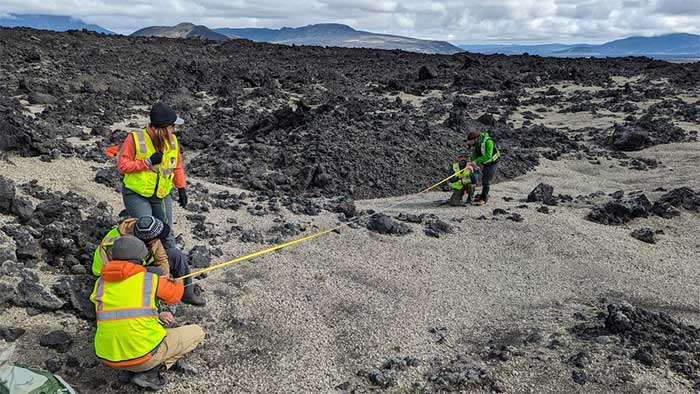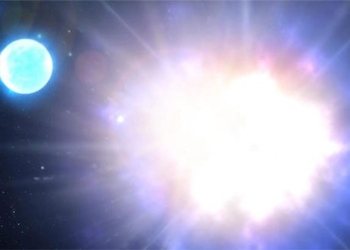Scientists believe that observing the surface of Venus could provide important insights into the habitability and evolution of rocky planets, such as Earth.
Researchers from the Jet Propulsion Laboratory (JPL) of NASA, along with international collaborators, have used Iceland as a stand-in for Venus to test radar technologies aimed at exploring this planet.

Scientists use the island nation of Iceland as a temporary research subject in place of Venus. (Photo: Xinhua).
With its extreme atmospheric pressure, sulfuric acid clouds, and scorching surface temperatures, Venus is particularly challenging to study. Nevertheless, scientists believe that observing the surface of this planet could yield crucial insights into the habitability and evolution of rocky planets like Earth.
NASA plans to launch the VERITAS Mission within the next decade to survey the surface of Venus and uncover clues about the planet’s true nature.
To lay the groundwork for this mission, members of the VERITAS International Science Team traveled to Iceland in August for a two-week research campaign, using the island nation as a temporary stand-in for Venus.
According to JPL, certain locations on Earth share characteristics with other planets and can therefore be used as research analogs for those planets, especially to help prepare technologies and techniques for environments that have never been explored.
Suzanne Smrekar, a senior scientist at JPL and the lead of the VERITAS research team, stated: “Iceland is a country with many volcanoes and is surrounded by geothermal activity. Meanwhile, Venus is a volcanic planet with geological evidence suggesting active volcanic plumes. The geological similarities make Iceland a fantastic place to study Venus right here on Earth, helping scientists better prepare for the Venus exploration mission.”
According to JPL, the VERITAS Mission will utilize the most advanced synthetic aperture radar to create a global 3D map and a near-infrared spectrometer to distinguish the major rock types on the surface of Venus.
However, to better understand what the radar on this spacecraft will observe at Venus, the VERITAS science team will need to compare aerial radar data of the Icelandic terrain with measurements taken on the ground.





















































